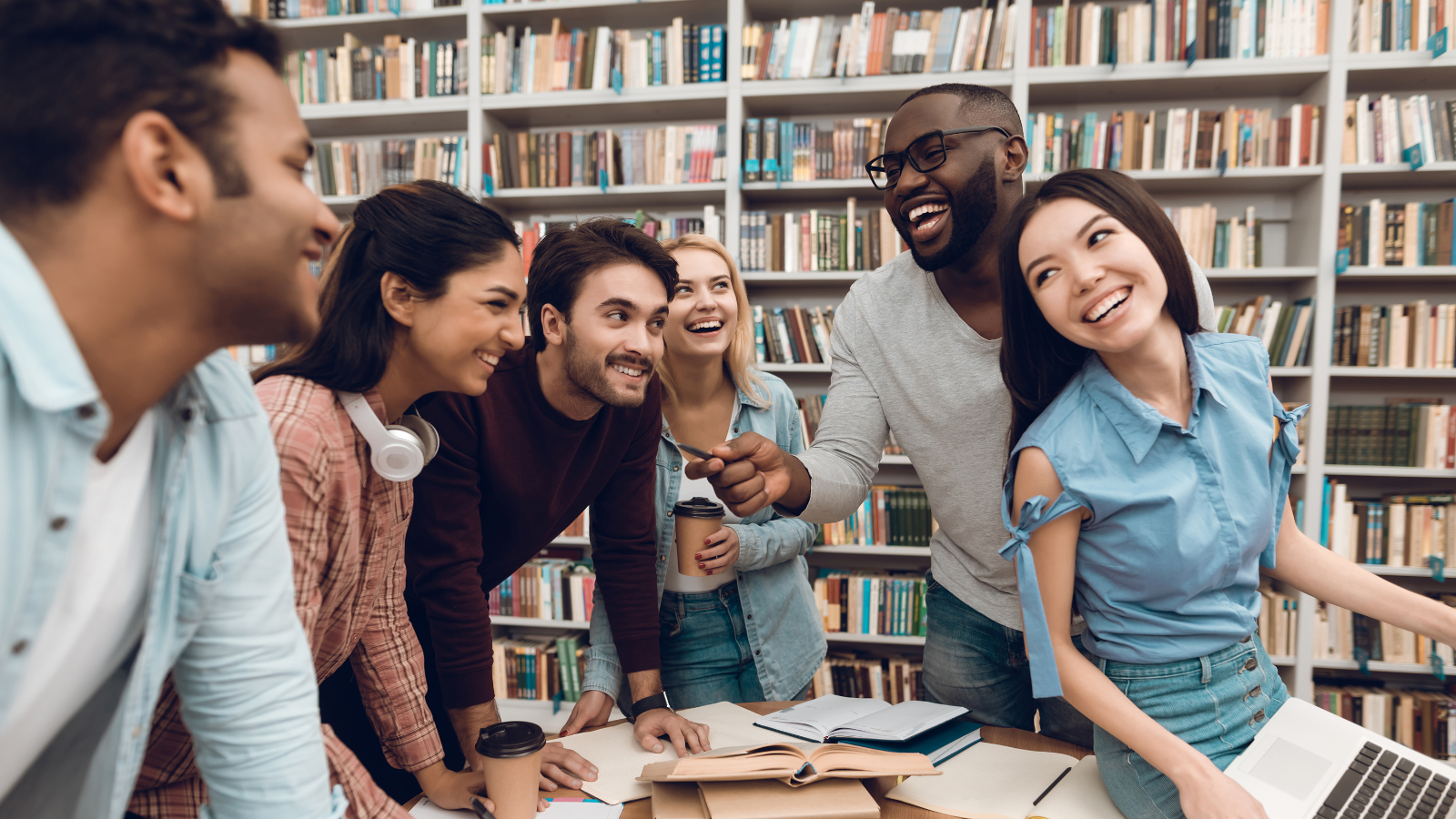As faculty and administrators pursue equitable experiences for Black, Latino, Indigenous, poverty-affected, or first-generation students, many are questioning the tradition of deficits-based approaches that tend to dominate higher education. Assets-based teaching is one response to that.
What is assets-based teaching?
Assets-based teaching is a classroom method where each student’s unique strengths and differences are thought of as resources that can be called upon to meet learning goals. It is also sometimes called strengths-based teaching. Using this approach, faculty and instructional designers keep in mind possible student assets like:
- cultural background
- relationships
- their sense of community
- language practices
- diversity of thought
Traditional classroom approaches tend to foreground what appear to be deficits and design learning to close up gaps or absences. For example, a deficits-based approach starts with a seeming lack of academic cultural capital, while an assets-based approach identifies what cultural capital a student does have. The deficits-based approach minimizes and underutilizes the resources of students who fall outside the dominant experience, which can marginalize, disenfranchise, or frustrate them.
Assets-based teaching reverses that mindset to put student resources to work. Faculty, administrators, and academic support professionals are encouraged to explore the unique experiences students bring to the classroom. For example, instead of starting instruction from the perspective that some students lack mastery in academic writing, assets-based teaching starts by asking what language and communication resources the student does have that can be leveraged to reach the goals for the course.
Assets-based pedagogy is an underpinning for cultural wealth pedagogy, an idea first proposed by Dr. Tara J. Yosso in her 2005 article, Whose Culture Has Capital? A Critical Race Theory Discussion of Community Cultural Wealth. Her scholarship outlines an assets-based perspective to restructure the teaching and learning narratives by focusing on the overlooked wealth of cultural capital that minoritized students can have.
Assets-based teaching and student engagement
An important piece of any assets-based pedagogy is engagement from students and instructors alike. A 2019 article from The Journal of Higher Education examines how a culture of success is cultivated at Spelman College through the commitment to an assets-based perspective.
In a focus group conducted with Spelman alumnae, researchers found the college fosters a culture of success for students through its “high touch” approach. The term “high touch” denotes the high level of interaction and involvement between students, faculty, and administration. By implementing this approach, Spelman creates a sense of community where students’ social capital is validated, a valuable part of assets-based pedagogy.
A 2020 study from Equity & Excellence in Education corroborates the importance of an engaged approach to assets-based teaching and learning:
“[Assets-based pedagogy] requires that practitioners constantly reflect upon the pedagogies they use as well as the curriculum, structure, and lessons of their course. It requires space to develop meaningful and trusting relationships with students so as to better match their hopes, desires, and needs to the emerging course content. Such requirements include creating relationships that are caring and compassionate so that students can engage in sometimes difficult conversations, while still acknowledging and supporting the emergent identities and ideas of others. It requires instructors to reveal their own in-process growth that they also experience while entering into knowledge discovery with students. Often that means that instructors listen closely and carefully to conversations so that they can adjust their pedagogies to better center student voices and experiences.”
Assets-based teaching is a proactive, hands-on approach that provides educators and students with an enhanced experience in the classroom.
Implementing assets-based teaching
Assets-based teaching lends itself to many different practices, each providing a sustainable and equitable experience for students. A 2018 report entitled Asset-Based Teaching and Learning with Diverse Learners in Postsecondary Settings outlines five key characteristics of an assets-based teaching framework:
- Inclusive: implementing diverse teaching methods to better serve a diverse student body
- Active/interactive: creating engaging content and opportunities for students
- Culturally informed: acknowledging students’ varied experiences and backgrounds to inform classroom practices
- Linguistically responsive: recognizing students’ relationships with different languages
- Reflective/adaptive: committing to improvement over time
Incorporating these elements was found to “emphasize students’ individual and collective strengths, skills, and capacities as the starting point for learning and engagement.” Additionally, as a proactive style of teaching, assets-based pedagogy allows educators agency in equity by equipping them with the tools needed to enhance the student experience.
Using the framework shown above, examples of teaching practices rooted in an assets-based approach may look like:
- implementing practices learned from HBCUs and tribal colleges and universities
- utilizing digital tools to create a more engaging student experience
- using culturally responsive curricula
- encouraging students to rely on their linguistic diversity in project-based learning
- using equity assessment tools to garner feedback
Digital learning also creates opportunities for educators to implement an assets-based approach. Well-designed adaptive courseware, if implemented effectively, lends itself to an assets-based approach. Digital multimodal composition can create a dynamic and equitable experience for students, and, with digital courseware, instructors gain valuable data that can be used for course improvement.
Learn more about assets-based teaching in Toward Ending the Monolithic View of Underrepresented Students

